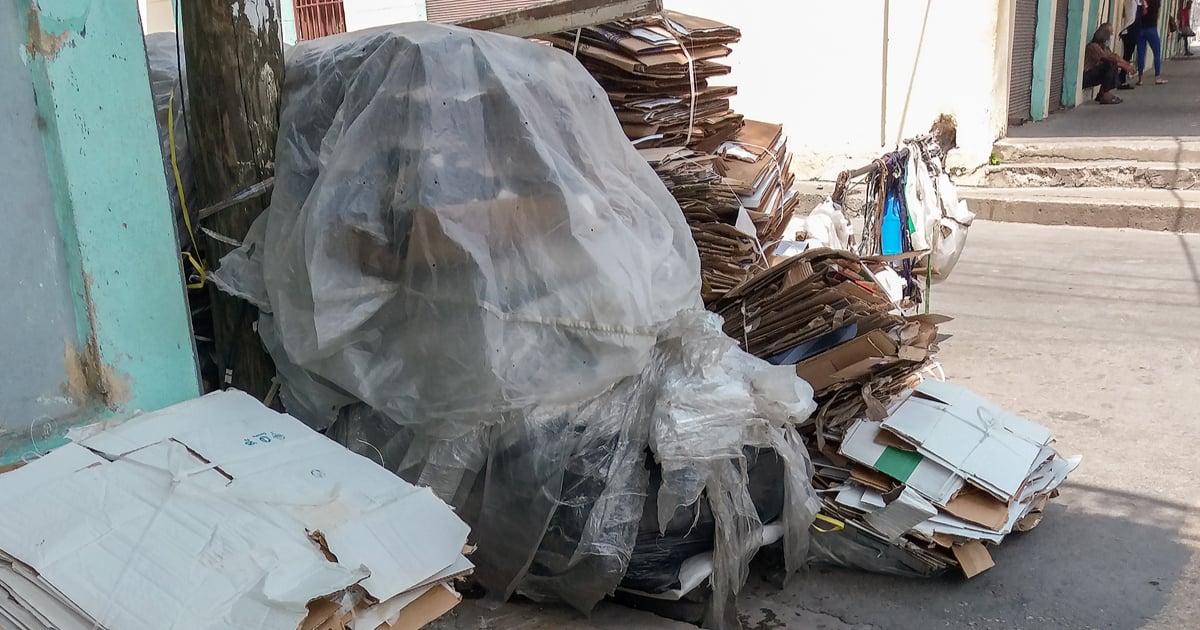A heartbreaking incident involving toxic nitrite salt has left Havana in shock over the weekend. A five-year-old girl and her 24-year-old mother lost their lives, while three other family members were rushed to the hospital in critical condition. The Cuban National Revolutionary Police (PNR) has provided new insights into the tragic event, ruling out the possibility that the toxic substance came from the informal market. They have identified the deceased's 74-year-old uncle as a key figure in the mix-up that led to the poisoning.
According to a source linked to the PNR, the uncle, who works as a raw material collector, reportedly stumbled upon a package of nitrite salt, mistaking it for regular table salt. This error led to its accidental consumption by his family. Moreover, authorities revealed that the uncle withheld crucial information during the investigation, fearing legal repercussions and the public's reaction, which contributed to misinformation in the initial hours following the tragedy.
The victims were named as Doraima García Moroña, aged 25, and Nashlyn Salet Hernández García, aged five, according to a statement from the Havana General Health Directorate. Nitrite salt, or potassium nitrate, is a chemical compound used in food preservation, particularly for curing meats. While it possesses bactericidal properties, ingesting it in uncontrolled amounts can be extremely hazardous, causing poisoning and potentially leading to death.
This incident underscores the critical need for careful handling of chemical substances at home, ensuring that potentially dangerous products are not mistaken for everyday food items. Additionally, the tragedy highlights the severe consequences of Cuba's ongoing salt shortage. This scarcity has driven people to seek risky alternatives, such as using substances not suitable for human consumption.
For months, Cuba has been experiencing a persistent salt shortage due to logistical and transportation issues. This situation has forced many Cubans to purchase salt on the informal market or from micro, small, and medium-sized enterprises (MSMEs) at exorbitant prices, sometimes exceeding 500 pesos per package. The shortage is primarily blamed on inadequate transportation means to distribute salt from the saltworks to retail locations. Despite Cuba's considerable salt production, transportation infrastructure deficiencies have hindered proper distribution.
Cuban authorities are continuing their investigation and have emphasized the importance of verifying the quality and safety of consumable products.
Understanding the Havana Salt Poisoning Incident
What caused the Havana salt poisoning incident?
The incident was caused by the accidental consumption of nitrite salt, which was mistaken for regular table salt by a family member.
Who were the victims of the poisoning?
The victims were identified as 25-year-old Doraima García Moroña and her five-year-old daughter, Nashlyn Salet Hernández García.
What challenges does Cuba face regarding salt supply?
Cuba faces a persistent salt shortage due to transportation and logistical issues, forcing residents to seek alternative sources at high prices.
